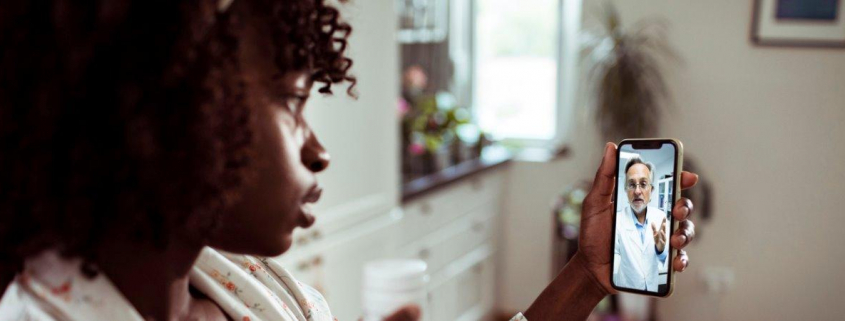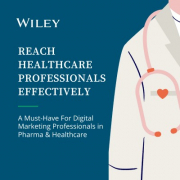Awareness of #telehealth is higher than ever, but many consumers still don’t know if virtual care is available to them, nor how to access it. Amwell’s annual survey of physicians and consumers offers a snapshot of this inflection point.
Rather than being confined to certain situations or certain types of care, telehealth has become embedded across the full continuum of care. It hasn’t just grown; it is being used in a variety of ways.
COVID-19 has altered the fabric of everyday life. Work, education, travel, socializing — all have undergone a dramatic change and may never look quite the same again. Healthcare is no exception. Interruptions to in-person care and the accompanying surge in telehealth adoption are already shaping our experience, behavior, and expectations in lasting ways.
Amwell’s annual survey of physicians and consumers offers a snapshot of this inflection point. In addition to affirming the acceleration of telehealth use during COVID-19, the findings reveal evolving attitudes toward telehealth and a new appreciation — on both sides of the virtual visit — for the role that digital technology will play in the delivery of healthcare moving forward.
In last year’s survey, just eight percent of consumers had ever had a virtual visit. In 2020 that number shot up to 22 percent — and 59 percent of those patients had their first visit during the pandemic. The increase was even more pronounced among physicians: 80 percent had a virtual visit in 2020, up from just 22 percent in 2019.
The unprecedented number of physicians and consumers using telehealth isn’t the survey’s biggest takeaway, however. It’s how they are using it. They’re using telehealth for urgent, primary, and specialty care, on a range of devices, in a variety of settings, and with people they already know.
The shift toward scheduled visits
Virtual visit types reported by patients (2020)

Historically, urgent care has accounted for the vast majority of telehealth visits. That trend flipped during the pandemic. Just 21 percent of the consumers who used telehealth in 2020 had an on-demand urgent care visit, whereas 54 percent had a scheduled visit with their PCP and 42 percent had a scheduled visit with a specialist they had already met. Among physicians, meanwhile, telehealth adoption spiked among all 20 of the specialties represented in the survey.
The explosion in telehealth use is tapering off somewhat as brick-and-mortar healthcare facilities gradually reopen, but broad utilization of telehealth looks to be here to stay. More than half of all consumers expect to use telehealth more often following COVID-19 than they did before, while 92 percent of providers expect to continue video visits even after it is safe to see patients in person. Physicians and consumers both express a willingness to use telehealth for chronic care check-ins, post-surgery follow-ups, and more — and for many types of visits, patients say they would actually prefer to see a doctor virtually.
Rather than being confined to certain situations or certain types of care, telehealth has become embedded across the full continuum of care. It hasn’t just grown; it is being used in a variety of ways.
Consumer expectations for virtual care
Likelihood of seeking virtual vs. in-person care post COVID-19 (by visit type)

Toward a Hybrid Care Model
Consumers, especially, are already used to performing many of life’s activities online. In so many areas of life, the distinction between online and in-person experiences is becoming less and less definitive. We don’t think twice about depositing a check online one day and visiting a local bank branch the next. We expect to buy clothes from an online retailer and return them at the store down the street. Now, during COVID-19, patients are scheduling virtual visits with the same doctor they see in person.
The digital transformation that has reshaped other industries has arrived in healthcare delivery. But what will that future look like? The experience during COVID-19 and the Amwell survey findings suggest we are in the midst of a rapid transition from virtual care to hybrid care.
The term hybrid has taken on new resonance during COVID-19. Parents and teachers talk about hybrid school. Employers are building hybrid workplaces that blend remote work and face time. Hybrid has become part of the vernacular, a useful shorthand for mixing the virtual and the physical.
In healthcare, hybrid care models combine virtual and in-person experiences across the full continuum of care. As patients go through treatment care pathways, in-person elements — procedures, labs, imaging, immunizations — can be seamlessly combined with virtual elements, which might include remote monitoring or a telehealth visit with a specialist from home. Physical encounters still matter, but with hybrid care, the physical joins the digital to create a cohesive experience for providers and patients alike.




